Choosing the Right Digital Signage Software: Features to Consider (2025)
.jpg)
Are you looking for the best digital signage software to manage your displays?
Digital signage software runs on your computer and allows you to operate your digital screens remotely, connect with customers, and promote your products.
From a single dashboard, you can plan, create, and publish content to appear on screens, using any device and from any location.
However, as the digital signage market grows, it's important to know what to look for when choosing a digital signage solution.
Your goal is to create beautiful screens and convert them into revenue sources that keep your business running smoothly.
This guide will help you choose the best digital signage software.
Let's get started.
Top 8 Features of the Best Digital Signage Software
When choosing a digital signage platform, a few essential factors must be considered.
Use this feature list to save time, protect your brand, and raise customer trust.
Easy Content Management
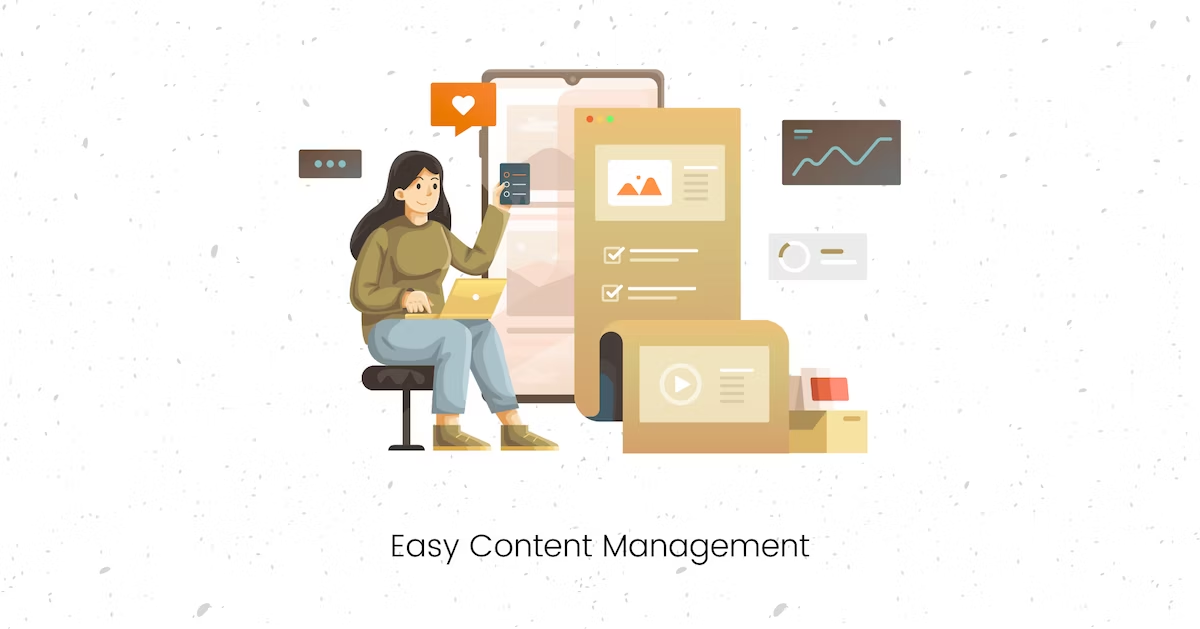
One of the first steps in setting up a new digital signage system is creating engaging material for your target viewers.
A content management system lets you upload, organize, and modify what's displayed on your screens from one dashboard.
This is very important for maintaining a consistent brand impression, increasing engagement, and improving customer experience.
For example, if your restaurant runs out of an ingredient, you can tap your phone to remove it from all screens before the next customer orders.
What to Look For:
- Software that lets you edit and publish content from your phone, tablet, or laptop in under 30 seconds.
- Drag and drop functionality to easily edit images, videos, or slides without technical skills.
- Centralized content library where you can store all content (menus, ads, logos) in one place for quick access and see a live preview before you publish.
- A user-friendly interface that reduces training time and supports all popular file types, so you never have to deal with formats.
Automated Content Scheduling
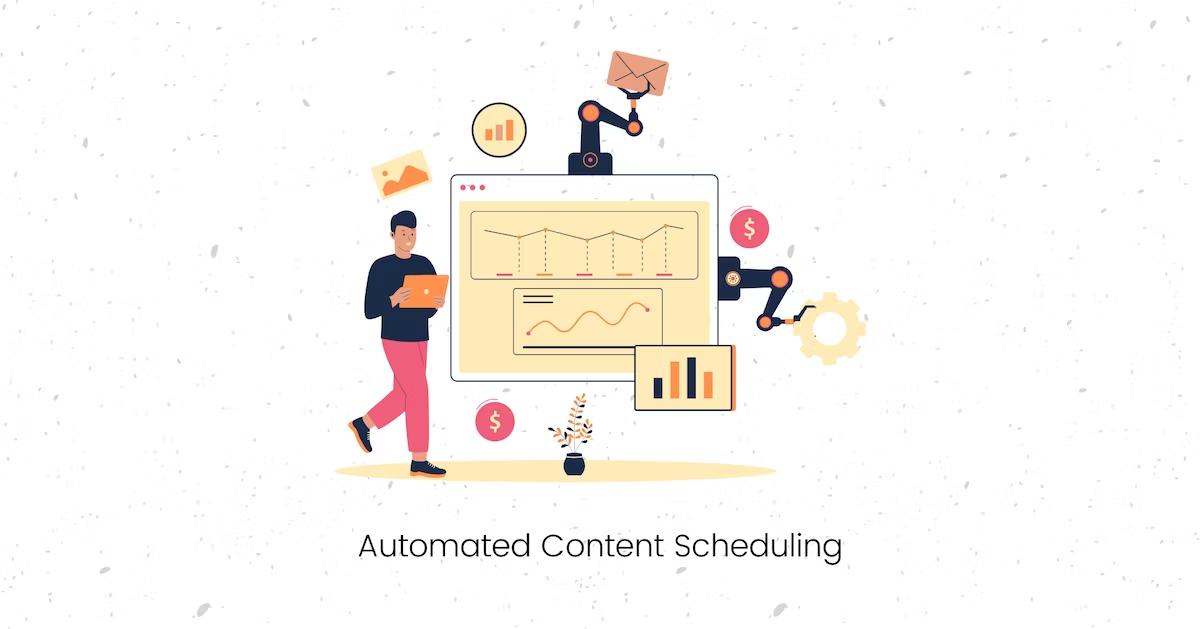
After preparing content, layouts, and playlists, the next step is to schedule the content.
You want to set exact days, times, and repeat patterns for each screen's playlist instead of manually uploading files every morning.
Setting up schedules by yourself might be time-consuming if you have many screens on your network.
What to Look For:
Advanced scheduling options let you pre-plan when and where content appears weeks ahead, set on/off hours, and even specify download windows to refresh your screens during low-traffic times.
This allows you to automatically switch between breakfast and lunch menus simultaneously, ensuring timely promotions and minimizing human error.
Integrations With Other Tools
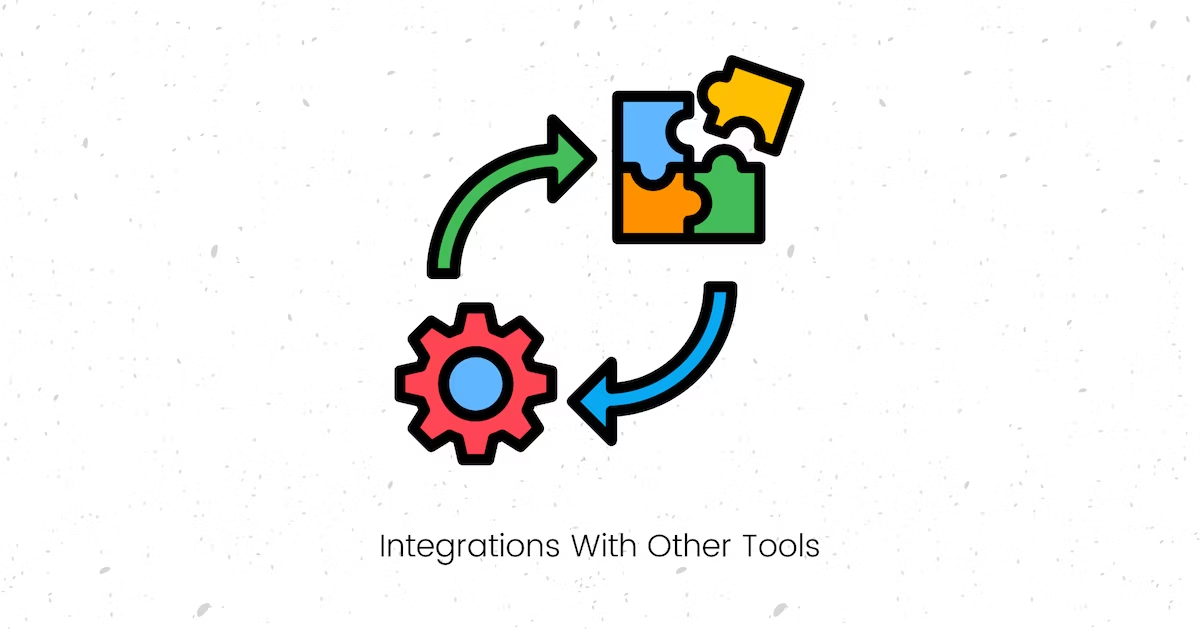
To simplify operations, you'll also need to create in-app content and pull media and existing content from external sources.
Selecting a digital signage software that facilitates easy connectivity with third-party apps and platforms will be essential for your campaign's success and overall return on investment.
What to Look For:
Choose software that connects easily to your existing systems so your digital signs update automatically with live data.
Such as:
- POS integration
- Inventory sync
- Social media feeds
- Calendars
- Weather services
- CRM dashboards
These integrations save manual effort and keep content relevant without extra steps.
For example, automatically sync your digital signage with your POS system to update menu boards when prices change or items sell out.
Remote Monitoring
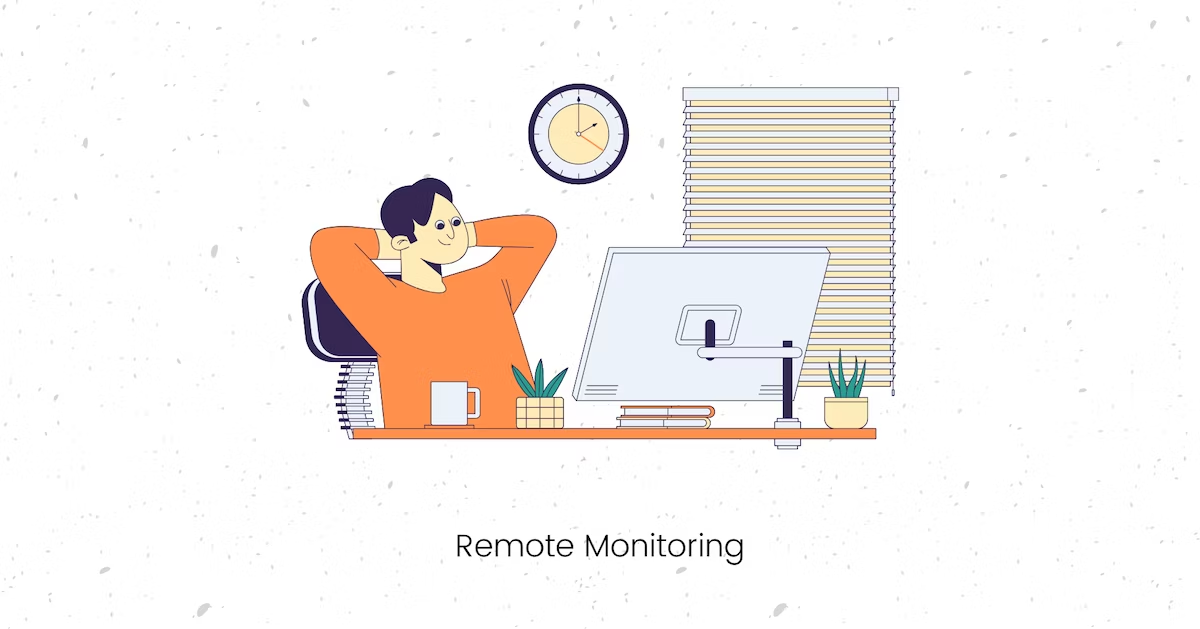
One of the most significant advantages of cloud-based digital signage is remote management.
Forget about manually changing posters or menus every time prices change.
With just a web browser, you can manage and change content, make last-minute adjustments, and provide real-time updates across multiple screens or locations.
More significantly, you can instantly evaluate the health of your screens across different time zones/regions and remotely control any digital signage player.
What to Look For:
- Device health management to see which players are offline and how much storage each uses.
- Automatic alerts via email or dashboard to help you fix issues before your audience sees a blank screen.
- Proof-of-play reporting to see when and where content was played.
- Network monitoring to troubleshoot issues without being onsite.
- Screen grouping is used to apply changes all at once.
- Setting media player time zones.
- Automatic software updates.
User Permissions and Roles
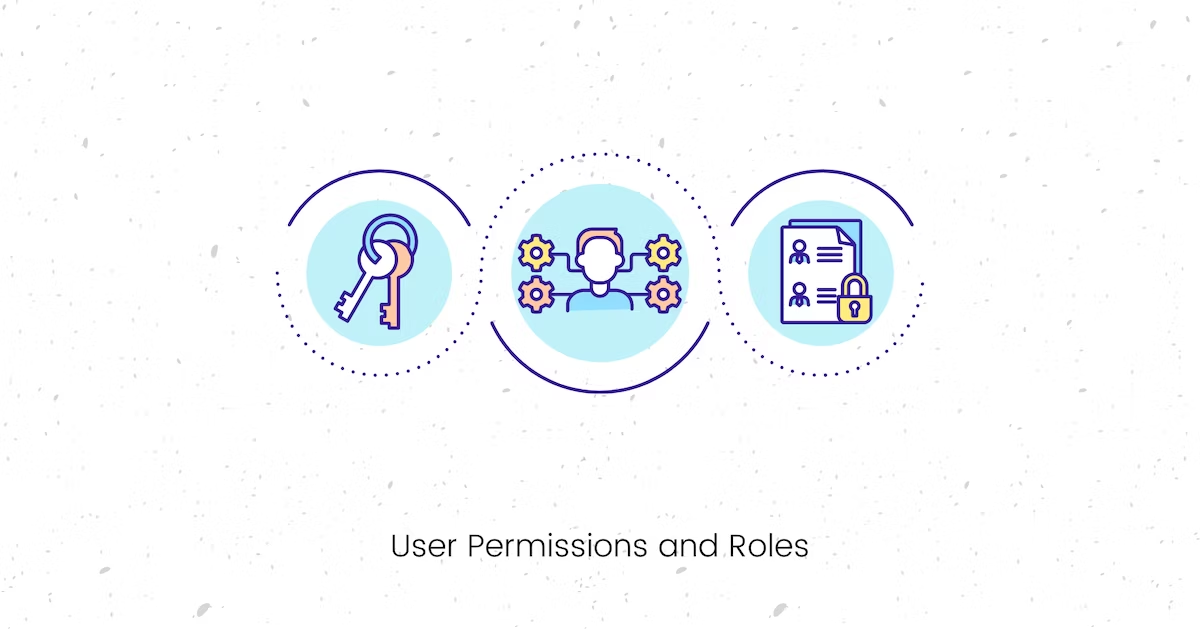
Suppose your business requires multiple teams to access the digital signage system.
In that case, you will need total control over user authorization levels to guarantee a smooth workflow and eliminate any possibility of errors.
What to Look For:
Role-based controls allow team members to see only the tools they need.
For example, a restaurant owner can restrict who can edit menus, prices, or schedules based on staff roles.
The server role can only change daily specials, whereas the manager role can edit prices and timetables. It's a bonus if it tracks who changed what and when (audit logs).
This will prevent accidents like a new hire accidentally deleting your entire menu.
Offline Functionality
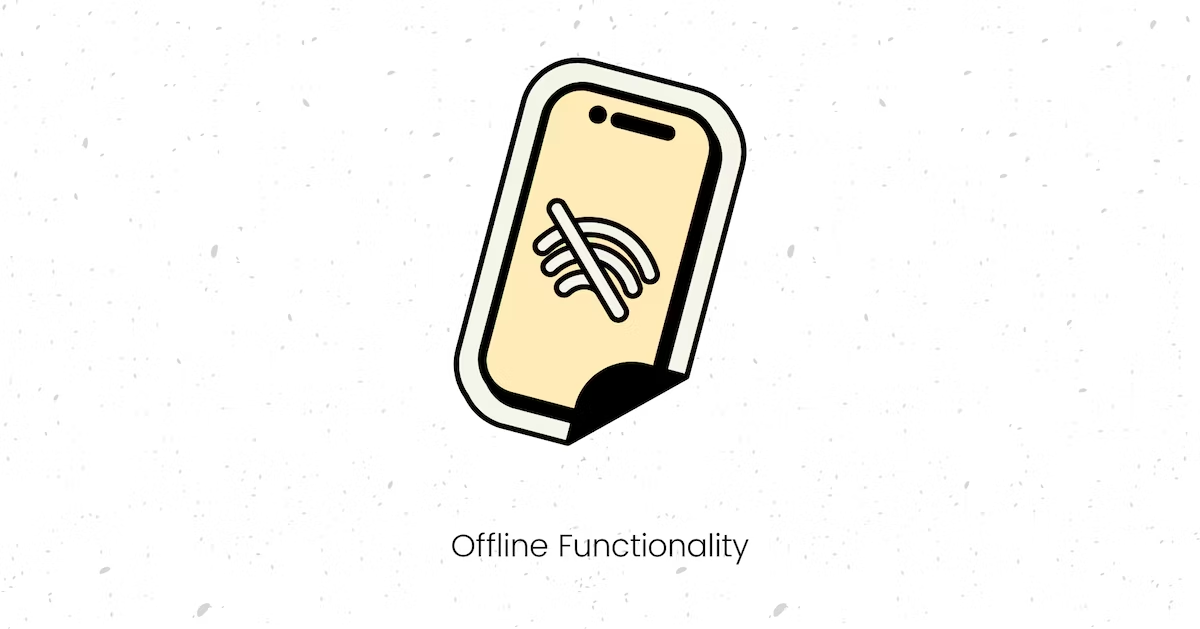
Internet outages happen. Your screens shouldn't go blank or show errors during a critical moment.
Digital signage software that supports offline playback ensures that your screens will continue to work even if the internet is down.
What to look for:
Software that stores content locally on the screen's device, like a built-in backup, syncs automatically when Wi-Fi returns.
For example, your restaurant's screens keep showing the menu during an outage and update prices once they are reconnected.
Analytics and Reporting
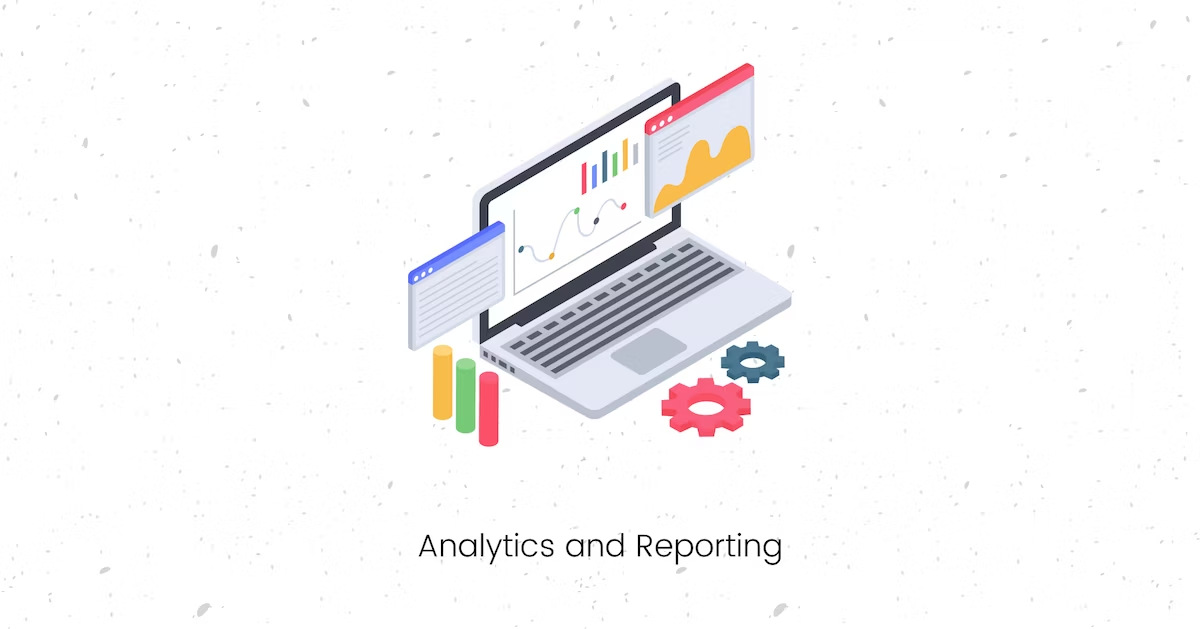
You need to know what's working, not just that people look at the screen.
Analytics can reveal how often each piece of content plays, how long customers stare at the screen before ordering, and even conversion metrics like coupon scans or QR‑code clicks.
What to look for:
Look for dashboards that track dwell time, impressions, audience demographics, and conversion rates so you can see which messages attract the most attention and lead to sales.
Security

One of your top priorities while researching digital signage software should be security.
Without strong security, hackers could alter your menu prices, display inappropriate content, or steal customer data.
Ensure that your software solution prevents unauthorized users from accessing your system.
What to look for:
- Two-factor authentication
- User access authorization
- Data encryption and recovery
- Vulnerability scanning
- ISO certification
Final Words
The best digital signage software should make your life easier and not cause daily headaches.
Prioritize software that combines these features without unnecessary complexity.
Test free trials to see if the software works without failure during your busiest hours.
If a vendor can't prove their tool does that, keep looking.
Frequently Asked Questions
How do I choose the best digital signage software for my business?
Focus on these criteria:
- Prioritize mobile-friendly interfaces.
- Confirm it supports adding screens, users, or locations without renegotiating contracts.
- Avoid hidden fees like per-user charges.
How does digital signage software handle multilingual or accessibility needs?
Some tools offer language switching and accessibility features. Look for screen-reader compatibility or closed captioning for video content.